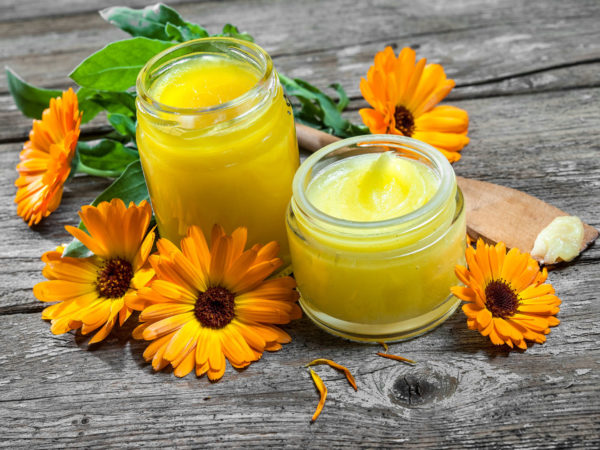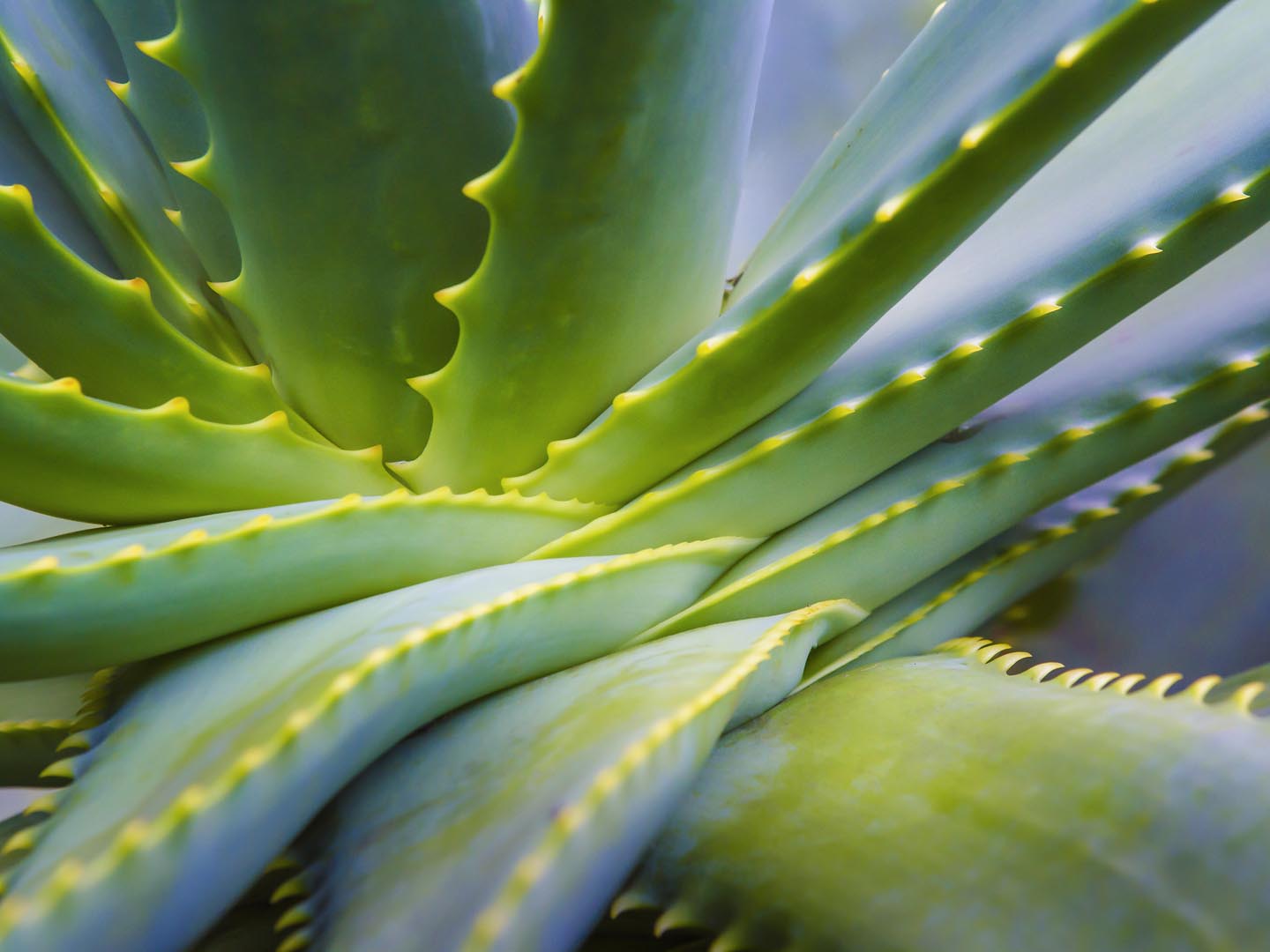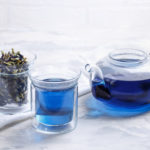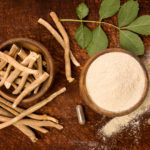Calendula

Botanical name: Calendula officinalis
Botanical Information & Description:
Calendula (Calendula officinalis) is also called pot marigold but is not the same plant as the annual marigold plant that’s often grown in gardens. Calendula has been used for medicinal purposes since at least the 12th century. Although it is native to the Mediterranean region, it now grows worldwide as an ornamental plant. Its therapeutic effects stem from the flavonoids, plant-based antioxidants, that calendula contains.
Uses For Calendula:
Traditionally, calendula has been used to treat stomach upsets, ulcers, and menstrual cramps, although there’s no scientific evidence to show that it is effective for any of these problems. Instead, calendula is now regarded as a treatment for skin conditions. It has been demonstrated to help burns, bruises, and cuts heal faster, perhaps by increasing blood flow and oxygen to the affected area, and also helps treat the minor infections that can develop around these injuries. Evidence for the effectiveness of this treatment comes primarily from animal studies. Calendula has been studied in humans, primarily focusing on management of radiation therapy-induced skin damage, but the findings have been inconsistent. Its use on the skin is considered safe, and some studies suggest it to be an effective treatment for diaper rash. Calendula is also used to improve skin hydration and firmness.
Other uses include the treatment of nosebleeds, varicose veins, hemorrhoids, inflammation of the rectum, and conjunctivitis (“pink eye”), sore throat, muscle spasms, to induce menstruation, and to reduce fever. Ear drops containing calendula have been studied as a treatment for earaches in children. The drops appear to be safe but because of the poor quality of the studies, the effectiveness of calendula for treating these infections remains unclear.
Today, calendula is typically applied to the skin and is not taken orally except for the very small amounts present in homeopathic preparations.
Calendula Is Available In:
Creams, oils, teas, ointments, tinctures, liquid extracts, and infusions made from the dried petals of the calendula plant, including homeopathic preparations.
Calendula Herb-Drug Interactions:
There are no known scientific reports of interactions between calendula and conventional or herbal medications. However, if you are taking calendula by mouth, check with your doctor since there are potential interactions with sedatives, high blood pressure medications, and drugs used to treat diabetes. In addition, individuals allergic to plants in the daisy or aster family, including chrysanthemums and ragweed, may also have an allergic reaction to calendula.
Other Safety Concerns:
In theory, calendula could interfere with conception so women hoping to become pregnant should avoid it, and pregnant women should not take calendula by mouth because of concerns that it might cause miscarriage. Until more is known about the safety of using calendula during pregnancy, it is best to avoid using it at all. Women who are also breastfeeding should not take calendula because not enough is known about safety for mother and baby.
The Natural Medicines Comprehensive Data Base found insufficient evidence to rate the effectiveness of calendula for muscle spasms, fever, cancer, nosebleeds, varicose veins, hemorrhoids, promoting menstruation, and treating mouth and throat soreness, wounds, and leg ulcers.
Calendula is generally considered safe for use on the skin. Don’t apply it to an open wound without a doctor’s supervision
When Buying Calendula:
Look for products with at least a 10 percent extract of Calendula officinalis or homeopathic preparations.
Calendula Dosage:
For adults, the dosage is as follows:
- Fluid extract (1:1 in 40 percent alcohol): 0.5 – 1.0 milliliters three times per day
- Skin ointments with two to five percent calendula.
Child Dosage:
Use only calendula skin ointments with two to five percent calendula. For homeopathic dosages suitable for children, consult a licensed homeopath.
Dr. Weil Says:
For dry skin, try tinctures, oils, lotions and creams with at least 10 percent extract of Calendula officinalis. You can also apply ready-to-use calendula skin products or oil directly on irritated areas. Calendula can be safely used for skin irritations, rashes (including diaper rash), eczema, acne, and minor burns. For blepharitis, an inflammation of the eyelids, use calendula ointment to soothe the area. For natural treatment of minor burns immediately immerse the affected part in cold water and keep it there for five to 10 minutes with a brief break. (There is a 20-minute critical period during which this treatment is most effective.) Then apply calendula tincture.
SOURCES:
Calendula. Natural Medicines Comprehensive Data Base, Consumer Version. http://naturaldatabaseconsumer.therapeuticresearch.com/nd/Search.aspx?rn=4&cs=NONMP&s=NDC&pt=100&id=235&fs=NDC&searchid=45552028 accessed March 11, 2013
Calendula. University of Maryland Complementary and Alternative Medicine Guide, http://umm.edu/health/medical/altmed/herb/calendula accessed, March 12, 2014
Hu JJ, Cui T, Rodriguez-Gil JL, et al. Complementary and alternative medicine in reducing radiation-induced skin toxicity. Radiation and environmental biophysics 53, no. 3 (2014): 621-626.
Kodiyan J, Amber KT. A Review of the Use of Topical Calendula in the Prevention and Treatment of Radiotherapy-Induced Skin Reactions. Antioxidants (Basil) 4, no. 2 (2015): 293-303.
Reviewed by Russell Greenfield, M.D., April, 2017.









